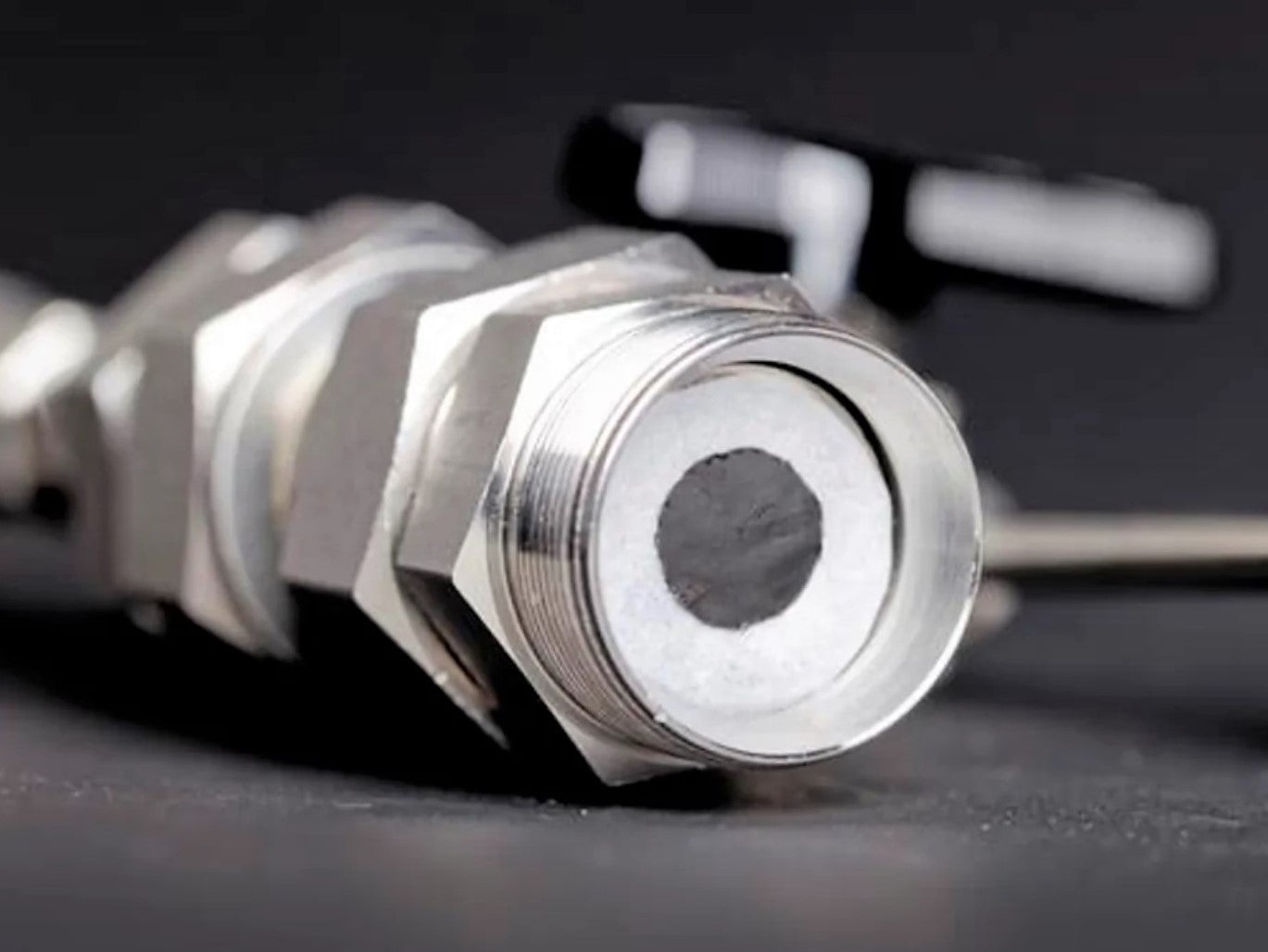Breakthrough battery device absorbs C02 while it charges
Supercapacitor made of coconut shells and seawater could power carbon capture technologies at a vastly reduced cost

Your support helps us to tell the story
From reproductive rights to climate change to Big Tech, The Independent is on the ground when the story is developing. Whether it's investigating the financials of Elon Musk's pro-Trump PAC or producing our latest documentary, 'The A Word', which shines a light on the American women fighting for reproductive rights, we know how important it is to parse out the facts from the messaging.
At such a critical moment in US history, we need reporters on the ground. Your donation allows us to keep sending journalists to speak to both sides of the story.
The Independent is trusted by Americans across the entire political spectrum. And unlike many other quality news outlets, we choose not to lock Americans out of our reporting and analysis with paywalls. We believe quality journalism should be available to everyone, paid for by those who can afford it.
Your support makes all the difference.Scientists have created a battery-like device that captures carbon dioxide (CO2) from the surrounding atmosphere while it charges.
The supercapacitor, developed by researchers at the University of Cambridge, is around the size of a two-pence coin and can be built using low-cost and sustainable materials like coconut shells and seawater.
It is hoped the device can be used to power carbon capture technologies, which currently require huge amounts of energy and are costly to operate.
The supercapacitor is similar to a rechargeable battery, but rather than using chemical reactions to store and release charge it relies instead on the movement of electrons between electrodes.
It is made up of two electrodes, one positively charged and the other negatively charged. By alternating from a postive to a negative voltage, the researchers were able to significantly improve the amount of CO2 it was able to capture.
The CO2 can then be collected and either reused or disposed of as it discharges.
“The trade-off is that supercapacitors [last longer but] can’t store as much charge as batteries,” said Grace Mapstone, a co-author of a study published in the journal Nanoscale, which details the research.
“The best part is that the materials used to make supercapacitors are cheap and abundant. The electrodes are made of carbon, which comes from waste coconut shells. We want to use materials that are inert, that don’t harm environments, and that we need to dispose of less frequently. For example, the CO2 dissolves into a water-based electrolyte, which is basically seawater.”

The researchers hope the new device can be developed further in order to soon serve in combatting the climate crisis, with urgent solutions needed to address the roughly 35 billion tonnes of CO2 released into the atmosphere each year.
The supercapacitor may already be more efficient than current industry standards, according to Dr Alexander Forse from Cambridge’s Yusuf Hamied Department of Chemistry, who led the research.
“The charging-discharging process of our supercapacitor potentially uses less energy than the amine heating process used in industry now,” he said.
“Our next questions will involve investigating the precise mechanisms of CO2 capture and improving them. Then it will be a question of scaling up.”

Join our commenting forum
Join thought-provoking conversations, follow other Independent readers and see their replies
0Comments